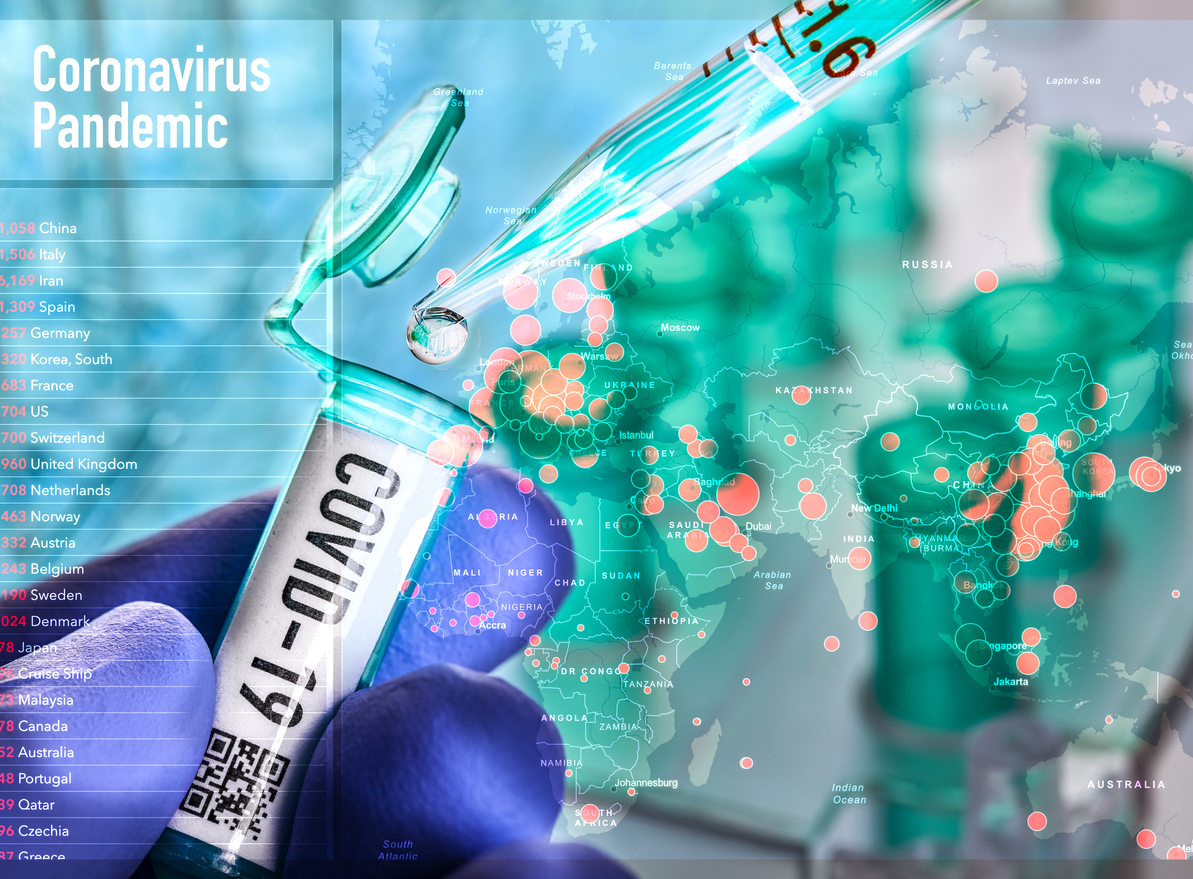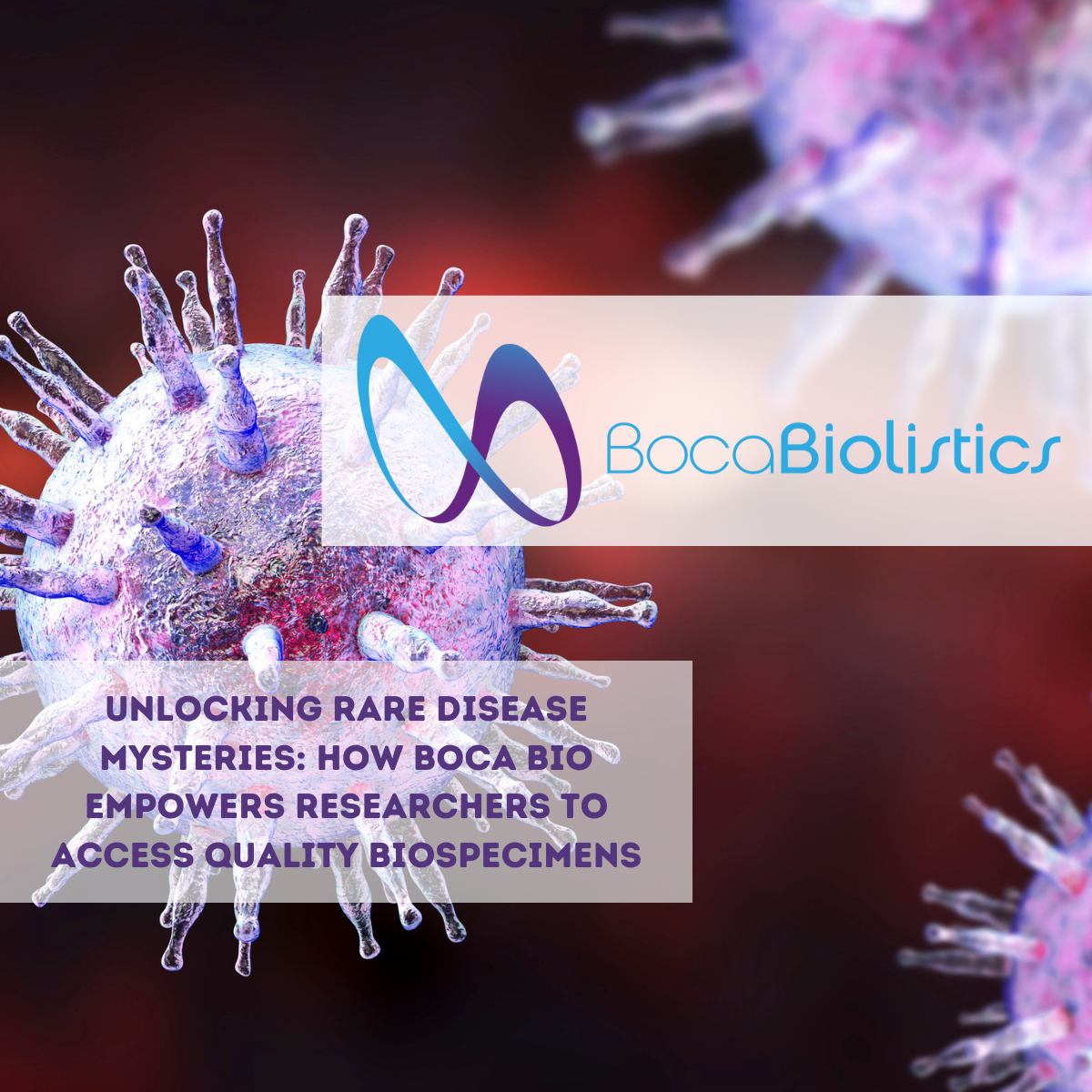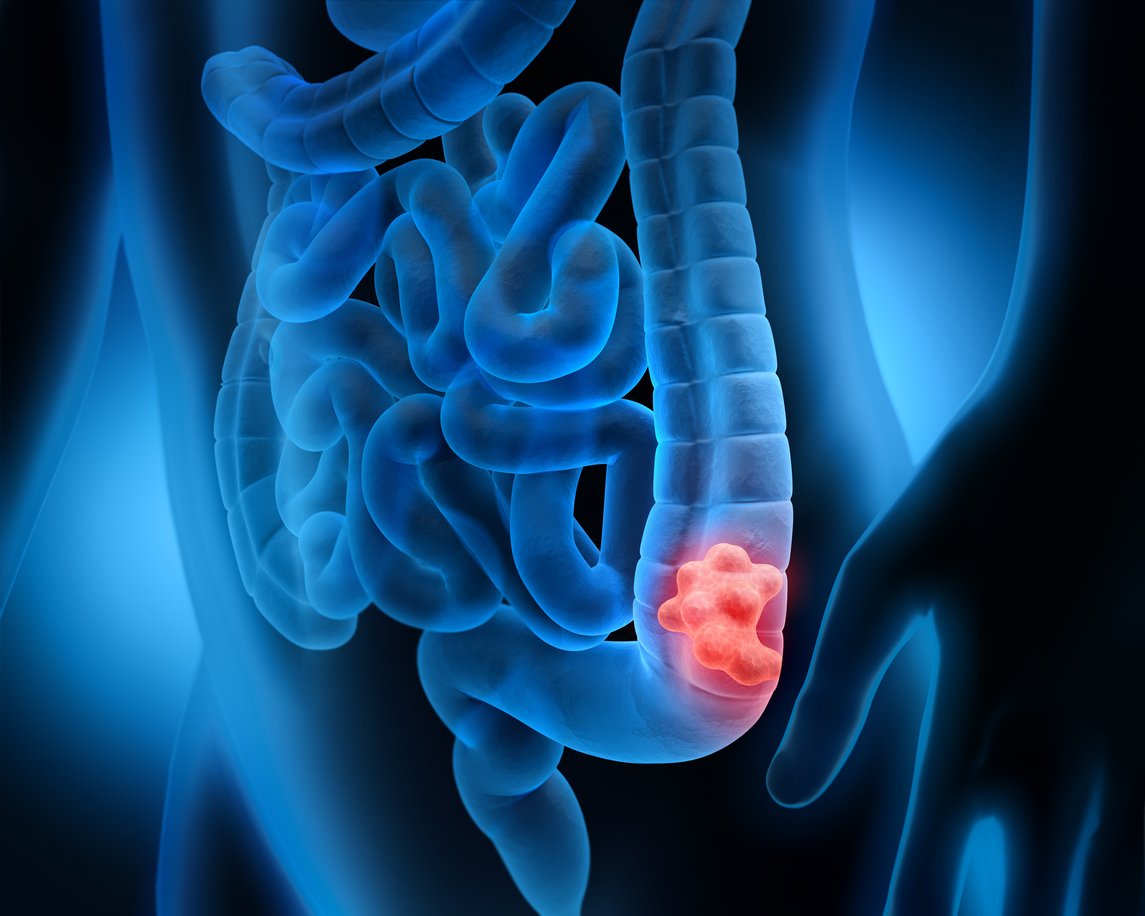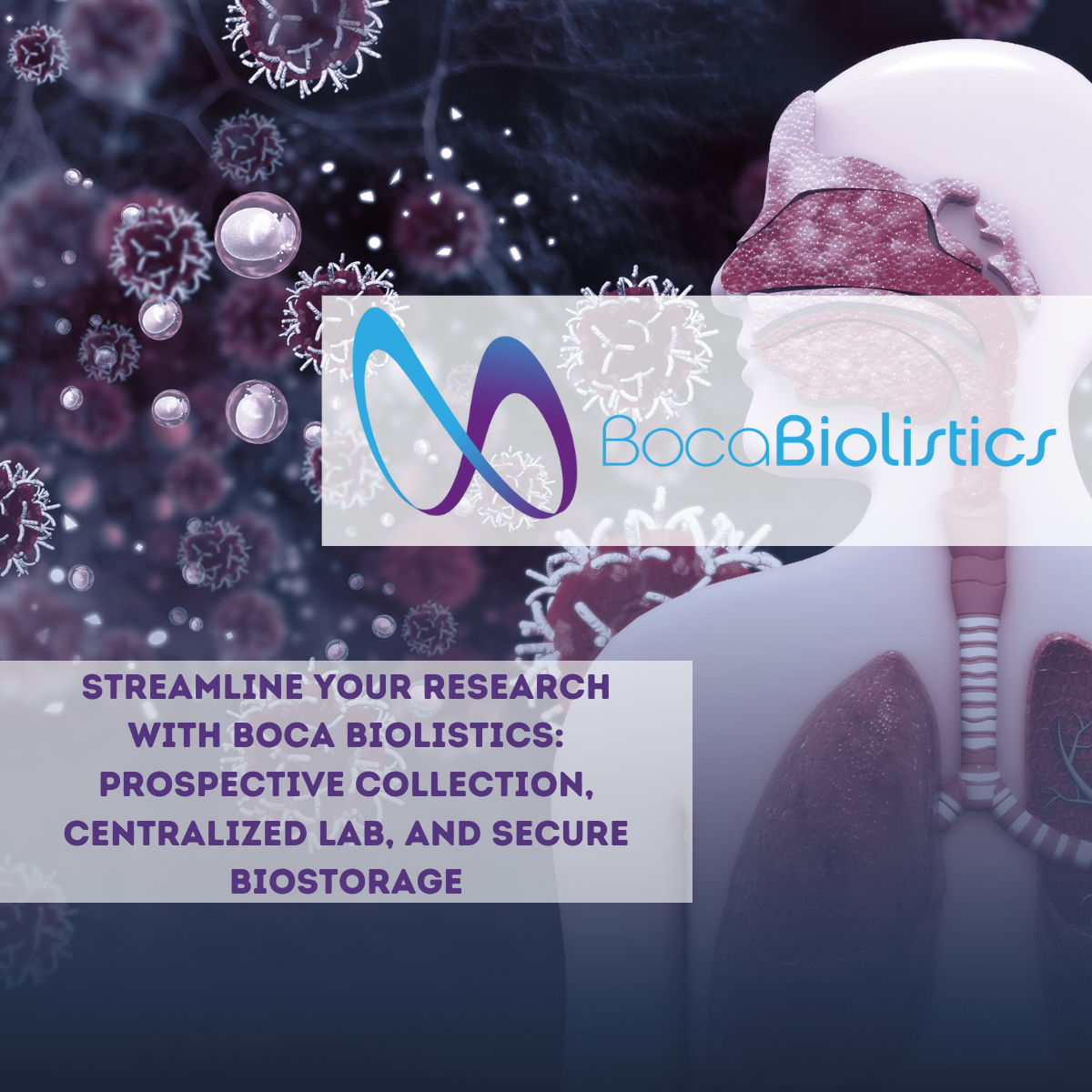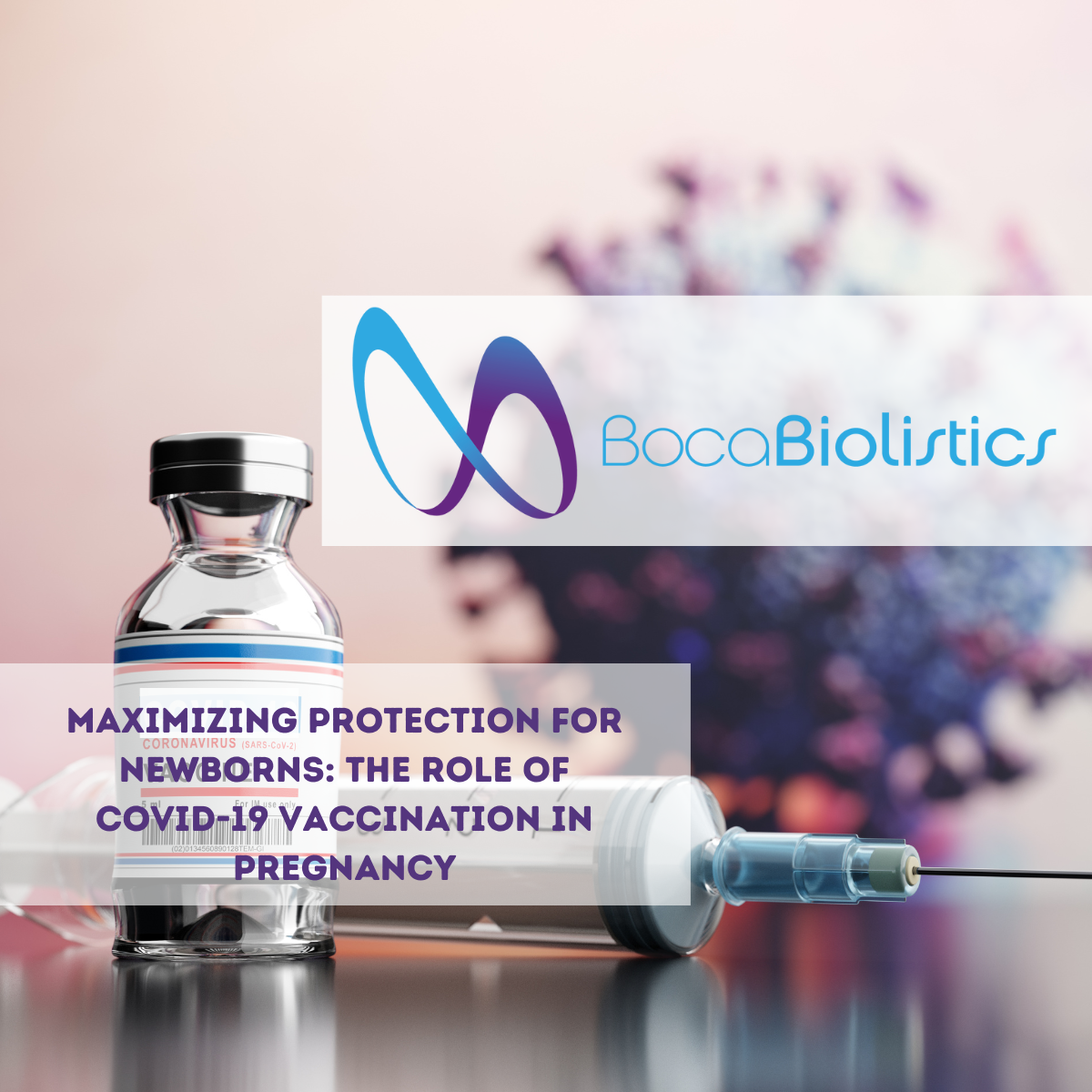Public health officials are saying that increased testing for COVID-19 is key to reopening the economy while retaining control over the pandemic. However, testing levels are still suboptimal in many places. This is not because nobody wants to test, but rather because the logistics of ramping up testing for a new virus on this scale are difficult. The CIDRAP report on testing helps explain many of the fundamentals. Boca Bolistics is both a CLIA and CAP reference laboratory testing for COVID-19, and we are here to talk about the logistical issues surrounding testing right now.
What is COVID-19 Testing?
There are two different tests. The first type are molecular tests, which are designed to detect acute (current) infection with the virus. Of these, the most commonly used is a reverse transcription polymerase chain reaction (RT-PCR) test that uses a swab taken from the nasal cavity. This test has a couple of issues, notably that it can and does detect dead viral material and is somewhat hard to administer. This has led to people who have recovered continuing to test positive for weeks. The difficulty getting the swab far enough into the nasal cavity has resulted in false negatives, and administering the test requires a lot of Personal Protective Equipment (PPE). Antigen tests can also detect acute infection, but are less commonly used.
The second type of test is a serology test, which measure antibodies to the virus. These show evidence of current or previous infection, but antibody development only starts after the person has been infected for a period of time. A number of serology tests have been brought to market, but not all are reliable. The CDC has stated they might be wrong up to 50% of the time and should not yet be used to make decisions to return to the workplace. False positives can provide false confidence, and it is not yet clear how much, if any, protection antibodies give from future infection. Both false positives and false negatives have been observed. This is likely to improve as better tests are developed.

Why Are We so Short of Tests?
Testing shortages have been much in the news of late, but a lot of people do not understand why there is a shortage of tests. It is difficult for a reference laboratory or other testing centers to obtain tests for a number of reasons including:
- Some early missteps in policy. These missteps happened across the world, not just in the United States. Many people did not predict how serious a problem COVID-19 was going to turn out to be. A lack of coordination across governments, both within and outside the USA, has not helped.
- A complicated international supply line that has resulted in various components of the test, or required PPE, not making it to labs that need them. This is not helped by the way various governments have been competing for supplies rather than coordinating efforts. Many manufacturers outsource to other countries, and some countries have been, understandably, reluctant to export supplies that might be needed by their own people.
- Legitimate shortages of components, with a need to ramp up production quickly. The levels required are considerably above those in a normal situation.
- Hospitals and labs tend to coordinate strongly in ways which make it challenging for hospitals to simply use a different lab. Some labs are being underutilized while others are experiencing very high volume. Hospitals need to continue to use their existing lab suppliers so they can use the same laboratory information management systems, and adding new facilities can be a challenge.
- The uncomfortable nature of the current test is discouraging asymptomatic patients from being tested.
How Can These Issues be Resolved?
Resolving these issues is a challenge, but progress has already been made. In most areas, the number of tests of both types have been increased, albeit not always to a high enough level.
Test reliability is something which is being solidly addressed. Particularly in the case of serological tests, labs and doctors are starting to work out which tests should be used on which patients. Other researchers have been exploring ways to use alternative ingredients, with biologists across the country collaborating with each other about what works. COVID-19 testing remains important for both clinical care, including case isolation, as well as for disease surveillance and contact tracing.
Another way to deal with the shortages of tests and equipment is to increase the variety of tests. Saliva tests, which require no PPE to administer and are less uncomfortable for patients have a number of advantages. The FDA has now approved a home sample collection kit. The kit is designed to allow a patient to self-collect a nasal sample at home, which can then be applied to one of two tests. The kit allows for people to be tested without exposing healthcare workers or others, and increases access for people who might have challenges getting to a testing site. Testing sites are often hard to access for the disabled and those who do not own their own vehicle.
The other issue being heavily addressed is the shortage of PPE. The maker community has coalesced around the problem. In addition to making cloth masks for civilian use, people have been using 3D printers to reverse-engineer commercial equipment and produce it quickly and cheaply in the local community. They have been able to create 3D printed face masks and face shields, which while not quite as good as the commercial equivalents are certainly better than nothing. The system allows for rapid production, but also tends to introduce a lot of variation. Despite this, the creation of PPE by makers has, if nothing else, provided equipment for non healthcare workers so they are not competing for high quality, medical grade gear.
The Boca Bolisitics Reference Laboratory Can Help
The Boca Bolistics reference laboratory can help navigate the difficulties of COVID-19 testing. For labs, the most important thing is to be agile and flexible. Boca Biolistics is here to provide companies with the samples they need to develop, test, and improve their diagnostic technologies. We are a reliable CLIA and CAP reference laboratory currently testing for COVID-19. We know how to work with your research team to help you improve your tests and provide the best solutions possible. These capabilities may be particularly important as we continue to develop better serological tests for COVID-19 and improve how we keep control over the pandemic and help society move forward. Contact us about our reference lab’s COVID-19 testing capabilities.


